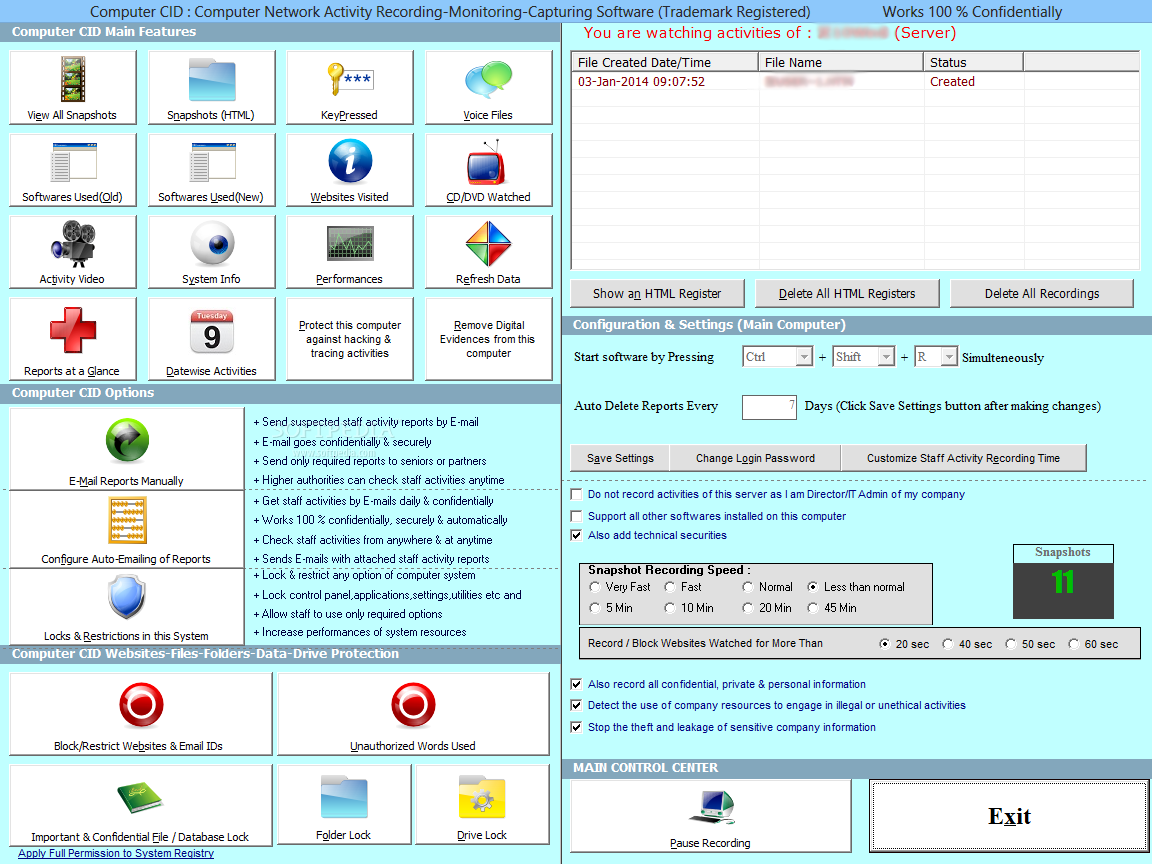
It describes the capabilities of the card, such as the number of logical channels that it supports. The Answer to Reset (ATR) is the first string of bytes sent by the UICC after a reset has been performed. The MBIM interface permits sending the modem terminal capability objects to send to the card.The MBIM interface distinguishes failure to allocate a new logical channel from failure to SELECT a specified application.The relationship between MBIM error status and UICC status (SW1 SW2) is more clearly defined than the relationship between RIL errors and UICC status.The RIL interface uses a separate function to close all UICC channels in a group, whereas the MBIM interface accomplishes this with variant arguments to a single CID.The MBIM specification states that the class byte sent from the host must be present but is not used (and instead the MBIM function constructs this byte). The RIL interface does not clearly define the interpretation of the class byte within the APDU.The MBIM command to exchange APDUs specifies this as an explicit parameter. The RIL interface does not provide a way to specify secure messaging.

Sections 5.2.3.3.10 through 5.2.3.3.14 of the IHVRIL specification define a similar interface upon which this specification is based. If handled in the host, there is no guarantee that some other APDU may asynchronously reference the card during the sequence of APDUs. Additional APDUs should be handled at the modem and should be transparent to the host. The sequence must be uninterrupted within a specific logical channel. This will be indicated by the final status words 90 00. The modem must issue a GET RESPONSE with the same class byte repeatedly until all the data has been received. In this case, the card will return SW1 SW2 status words of 61 XX, rather than 90 00, where XX is either the number of remaining bytes or 00 if there are 256 bytes or more remaining. This mechanism is described in Section 5.1.3 of the ISO/IEC 7816-4:2013 standard. When the MBIM host sends either MBIM_CID_MS_UICC_OPEN_CHANNEL or MBIM_CID_MS_UICC_APDU it should consider both 90 00 and 91 XX as a normal status.Ĭommands must be able to return responses that are larger than 256 bytes. The MBIM function, or terminal, is responsible for handling this proactive command just as it would handle a proactive command received during any other UICC operation (sending a FETCH to the UICC, handling the proactive command, or sending it to the host with MBIM_CID_STK_PAC). However, if the UICC supports the card application toolkit and the UICC wishes to send a proactive command to the terminal, a successful return will be indicated by a status of 91 XX (where XX varies). A normal success status is indicated by 90 00. Although the specific mechanism is different, the result is that the UICC responds to each command with two status bytes (named SW1 and SW2) and a response (which may be empty). The UICC may implement either a character-based or record-based interface, or both. The card is ready but does not have any enabled profiles. The logical channel number is invalid (it was not opened by MBIM_CID_MS_UICC_OPEN_CHANNEL). The logical channel open was not successful because SELECT failed. The logical channel open was not successful because no logical channels are available on the UICC (either it does not support them or all of them are in use).

#Download cid in 3gp 144p low mb code
In addition, the following additional failure status codes are defined: Status Code MBIM status codes are defined in Section 9.4.5 of the MBIM standard. See each CID’s individual section within this topic for more info about its parameters, data structures, and notifications. The following table specifies the command code for each CID, as well as whether the CID supports Set, Query, or Event (notification) requests. These extensions do not include any new uses of device service streams.

The Microsoft extensions comprise a set of device service commands (both Set and Query) and notifications. This topic describes a set of Microsoft extensions to MBIM that describe this additional functionality at the MBIM interface. One of the features the RIL provides is an interface for low-level access to the UICC.
#Download cid in 3gp 144p low mb windows
In a mobile broadband-enabled Windows device, the MBIM interface is used in addition to the Radio Interface Layer (RIL) interface. These additional capabilities include support for a secure element for mobile payment solutions based upon near-field communication, or for remote provisioning of an entire UICC profile.

However, the smart card may have additional capabilities beyond those that are defined by the MBIM interface. The Mobile Broadband Interface Model Revision 1.0, or MBIM1, defines an OEM- and IHV-agnostic interface between a host device and a cellular data modem.Īn MBIM1 function includes a UICC smart card and provides access to some of its data and internal state.


 0 kommentar(er)
0 kommentar(er)
